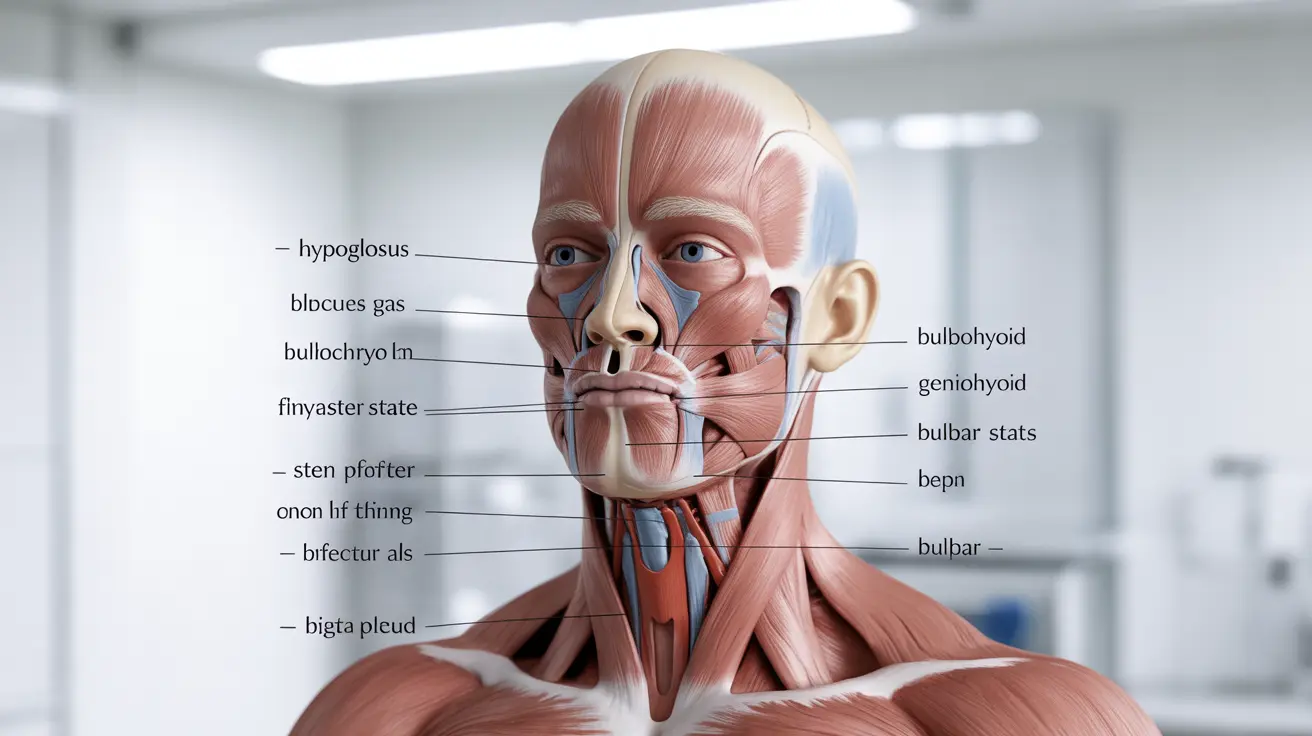Bulbar ALS is a particularly challenging form of Amyotrophic Lateral Sclerosis (ALS) that initially affects the muscles controlling speech, swallowing, and breathing. This variant of ALS presents unique challenges for patients and requires early recognition and specialized care to maintain quality of life.
Understanding bulbar ALS is crucial because it often progresses more rapidly than other forms of ALS, making early intervention essential. This comprehensive guide explores the key aspects of bulbar ALS, from initial symptoms to treatment approaches and support strategies.
Early Signs and Symptoms of Bulbar ALS
The initial manifestations of bulbar ALS typically affect the bulbar region, which includes the muscles of the head and neck. Common early symptoms include:
- Slurred or unclear speech (dysarthria)
- Difficulty swallowing (dysphagia)
- Weakness in facial muscles
- Changes in voice quality
- Excessive saliva or drooling
- Difficulty controlling tongue movements
These symptoms can significantly impact daily activities and communication, often appearing before any limb weakness becomes apparent.
Distinguishing Bulbar ALS from Other Forms
Unlike limb-onset ALS, which initially affects the arms or legs, bulbar ALS presents with distinctive characteristics:
Primary Differences
- Affects speech and swallowing first
- Generally faster progression
- Earlier respiratory involvement
- More immediate impact on daily communication
- Different approach to symptom management
Diagnosis Process and Testing
Diagnosing bulbar ALS requires a comprehensive medical evaluation and various specialized tests:
Key Diagnostic Tools
- Detailed neurological examination
- Electromyography (EMG)
- Nerve conduction studies
- MRI scans
- Blood tests to rule out other conditions
- Speech and swallowing assessments
Treatment and Management Strategies
While there is no cure for bulbar ALS, several treatment approaches can help manage symptoms and improve quality of life:
Speech and Communication Support
- Speech therapy interventions
- Augmentative and alternative communication devices
- Voice banking options
- Communication apps and adaptive technologies
Swallowing Management
- Dietary modifications
- Thickened liquids
- Positioning techniques
- Feeding tube placement when necessary
Respiratory Care
- Regular breathing assessments
- Respiratory exercises
- Non-invasive ventilation
- Airway management strategies
Risk Factors and Causes
While the exact cause of bulbar ALS remains unclear, several factors may contribute to its development:
- Genetic mutations
- Environmental factors
- Age (typically affects people over 40)
- Family history of ALS
- Potential lifestyle factors
Frequently Asked Questions
What are the early symptoms and signs of bulbar onset ALS? The earliest signs typically include slurred speech, difficulty swallowing, changes in voice quality, and facial muscle weakness. Patients may notice problems with speaking clearly or managing saliva before other symptoms appear.
How does bulbar onset ALS differ from limb-onset ALS in terms of progression and symptoms? Bulbar ALS initially affects speech and swallowing muscles, while limb-onset ALS begins in the arms or legs. Bulbar ALS often progresses more rapidly and has earlier impacts on breathing and communication.
What treatment and support options are available to manage speech and swallowing difficulties in bulbar ALS? Treatment options include speech therapy, communication devices, dietary modifications, and feeding tube placement when necessary. A multidisciplinary approach including respiratory care and physical therapy is essential.
What causes bulbar onset ALS and who is at higher risk for developing this form? The exact cause remains unknown, but risk factors include genetic mutations, age over 40, and family history. Some environmental factors may also play a role, though research is ongoing.
How is bulbar onset ALS diagnosed, and what tests are used to confirm it? Diagnosis involves comprehensive neurological examinations, EMG testing, nerve conduction studies, MRI scans, and various other assessments to rule out other conditions and confirm the presence of bulbar ALS.




